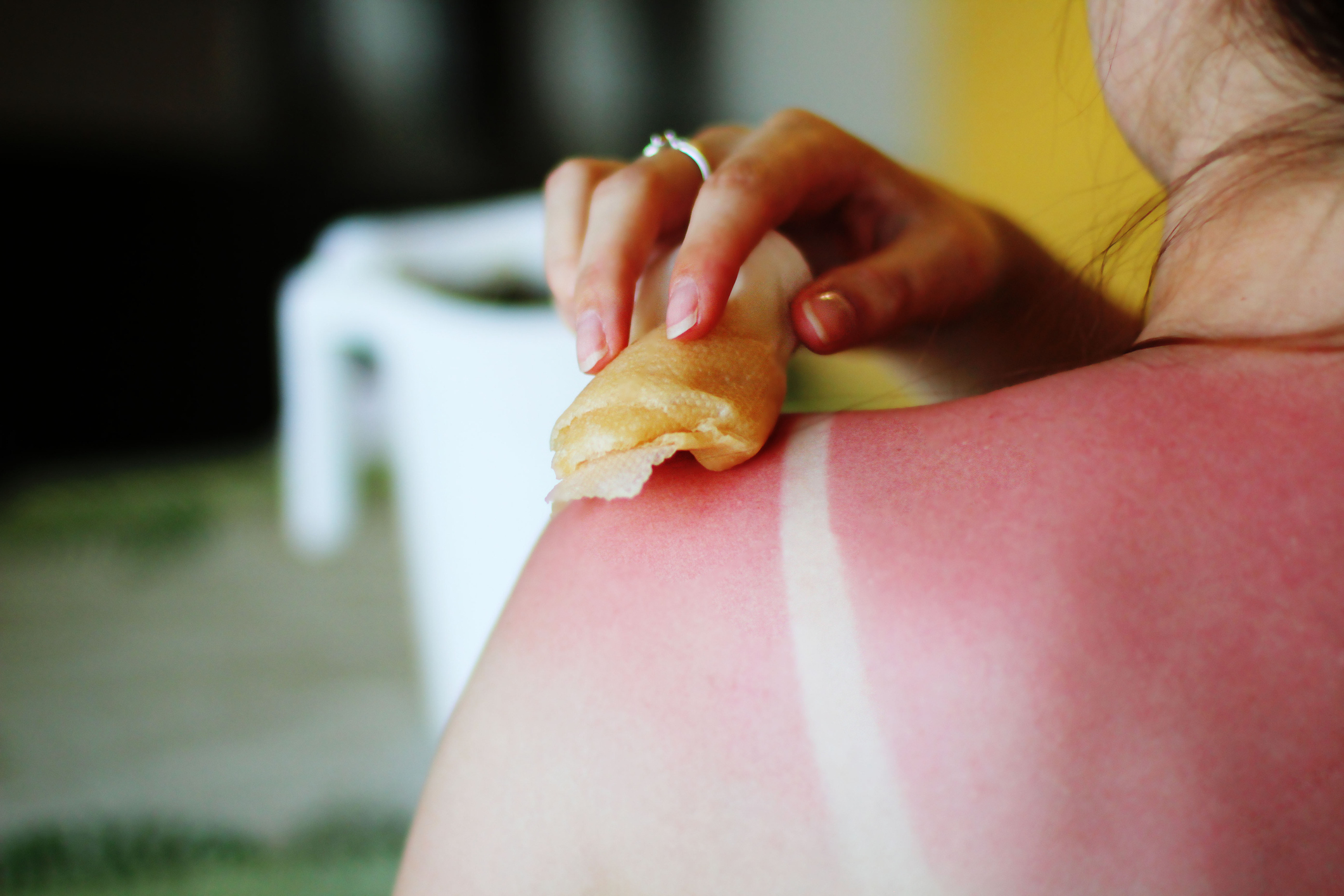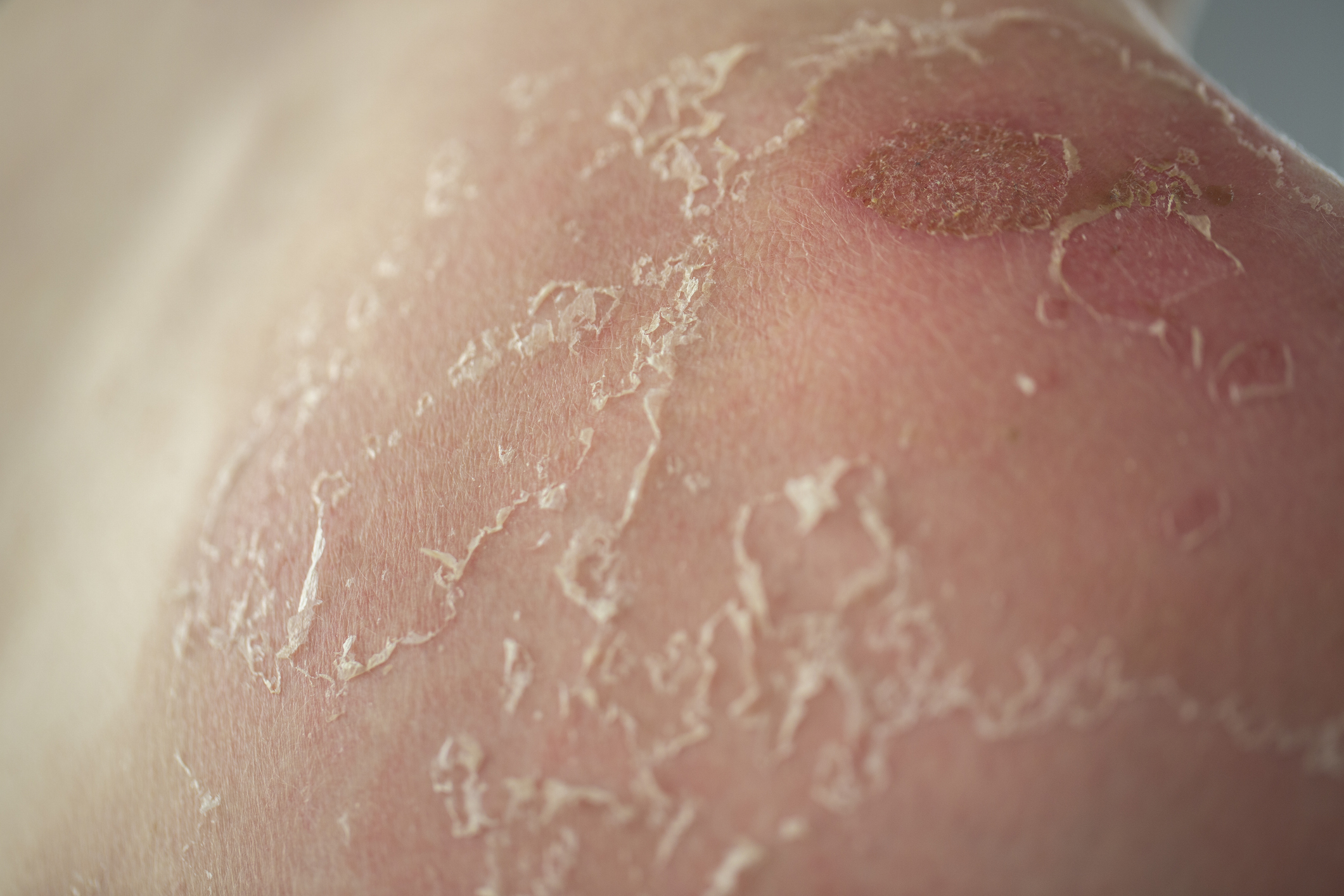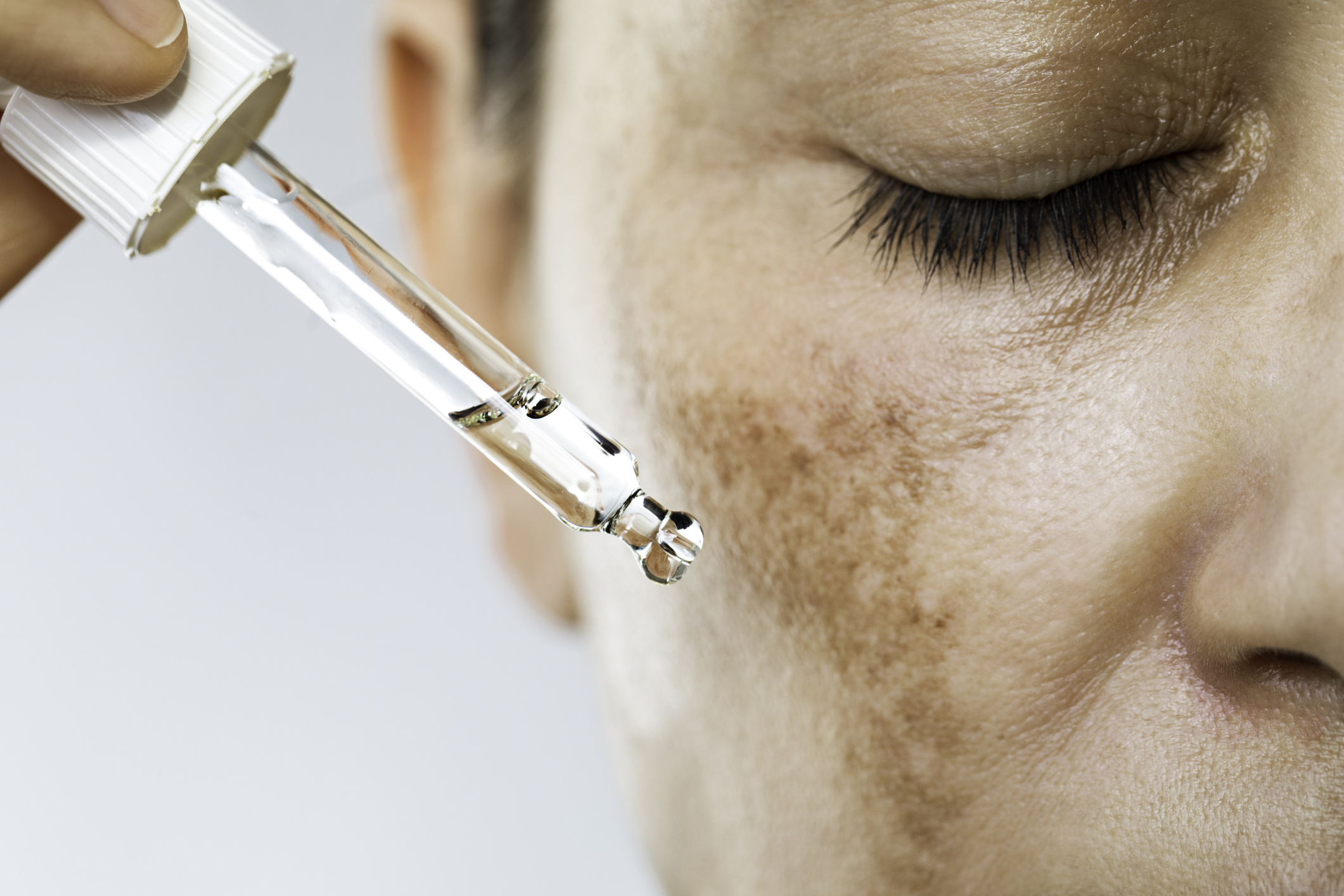Even if you do n’t see a sunburn , the sun may still be harming your peel .
For many folks, red, itchy and peeling skin is a common occurrence during the summer months. More thanone-third of adults in the U.S.get sunburned every year. In most cases, sunburns canbe easily managedat home with things like cold compresses, gentle lotion, hydration and a break from the sun.
Below, dermatologists share the types of sunburns and symptoms that require a doctor’s visit.
Needing medical attention for a sunburn is rare, but extensive blistering over a large portion of your body is a bad sign.
But needing medical attention for a sunburn is rare. As a species, our protective mechanisms have evolved so that we generally seek shade or go inside once we notice redness or discomfort from a burn, Tang said.
See a doctor if your sunburn is accompanied by heatstroke.
Just because you don’t get sunburned doesn’t mean the sun isn’t harming your skin.
You should apply sunscreen at least every two hours, and more frequently if you are swimming or sweating, he noted.
This clause originally appeared onHuffPost .





